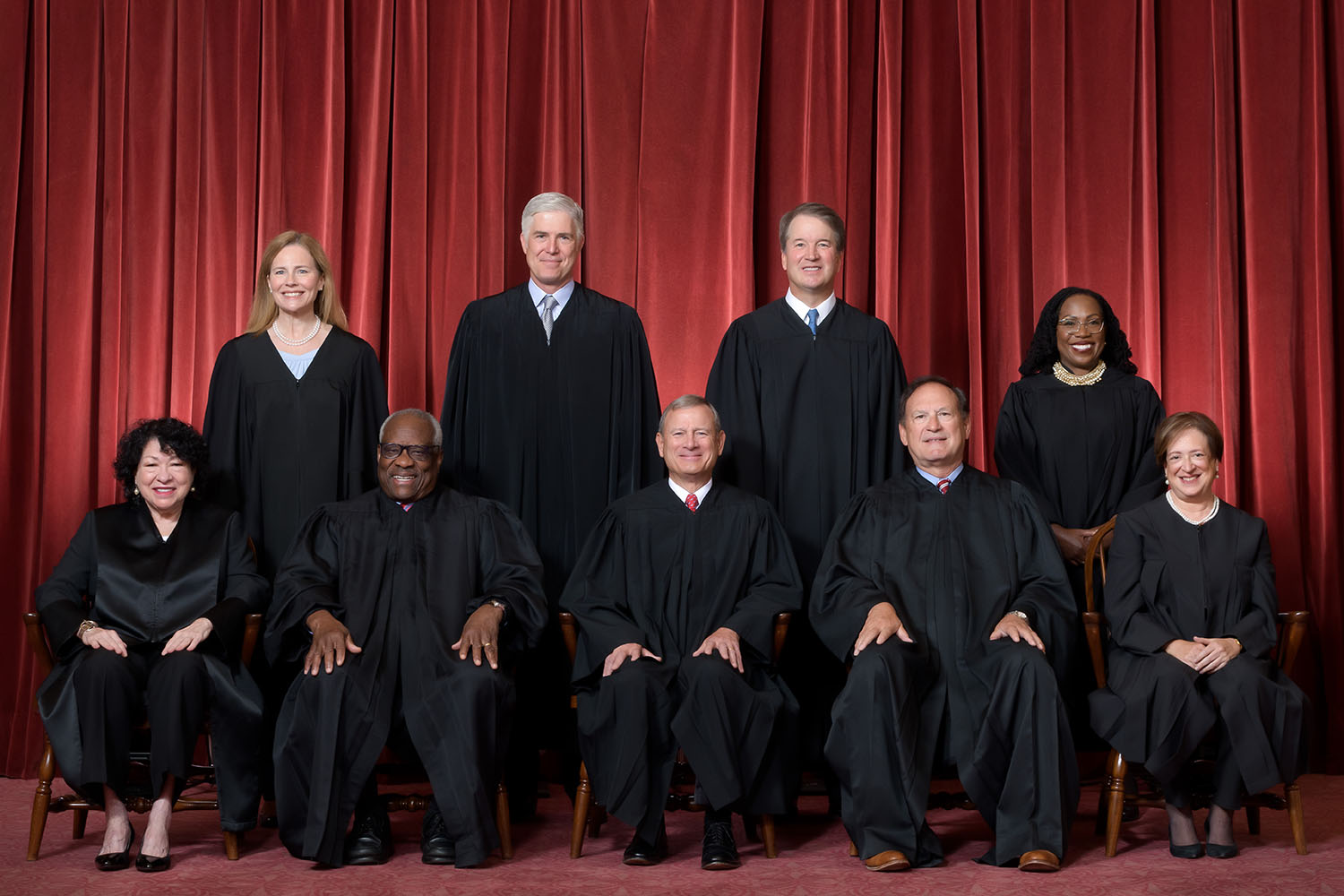Supreme Court unanimously expands scope for excessive force claims against police
“To assess whether an officer acted reasonably in using force, a court must consider all … facts and events leading up to the climactic moment,” the majority opinion stated
By Joanna Putman
Police 1
May 16, 2025
WASHINGTON — The U.S. Supreme Court ruled that courts must consider the full context of police encounters, not just the moments officers fear for their safety, when evaluating claims of excessive force, expanding the legal framework for such cases, The Hill reported.
The unanimous 9-0 decision stems from the 2016 fatal shooting of 24-year-old Ashtian Barnes during a traffic stop in Texas. Barnes was driving a rental car linked to unpaid tolls when he was pulled over by Officer Roberto Felix Jr. After Barnes began moving the vehicle forward, Felix jumped onto the car’s doorsill and shot Barnes twice, killing him.
Lower courts had ruled that Felix was protected under the “moment of the threat” doctrine, which focuses only on the instant an officer uses force. But the Supreme Court rejected that approach, instead directing courts to examine the “totality of the circumstances.”
“To assess whether an officer acted reasonably in using force, a court must consider all the relevant circumstances, including facts and events leading up to the climactic moment,” wrote Justice Elena Kagan in the majority opinion.
Kagan acknowledged that the officer’s perception during the split-second encounter remains critical, but emphasized that events leading up to it can show whether an officer’s response was reasonable.
Justice Brett Kavanaugh, joined by justices Clarence Thomas, Samuel Alito and Amy Coney Barrett, wrote a concurring opinion highlighting the dangers of traffic stops for officers. He noted that abrupt movements by drivers, such as pulling away during a stop, create unpredictable and potentially hazardous situations.
Even so, Kavanaugh agreed that courts must apply an “objective reasonableness” standard when assessing force used by police, including in fast-moving encounters with fleeing suspects.
The ruling overturns a decision by the 5th U.S. Circuit Court of Appeals, which had previously found Barnes’s constitutional rights were not violated under its “moment of the threat” precedent.
Circuit Judge Patrick Higginbotham, who authored the 5th Circuit’s majority opinion, had urged the Supreme Court to reverse course. He wrote that Felix’s actions, including drawing his weapon and jumping onto a moving vehicle, contributed to the deadly outcome and should be evaluated in a broader context.
The ruling clarifies how courts nationwide should analyze Fourth Amendment claims of excessive force, potentially broadening legal paths for similar lawsuits against law enforcement.

No comments:
Post a Comment